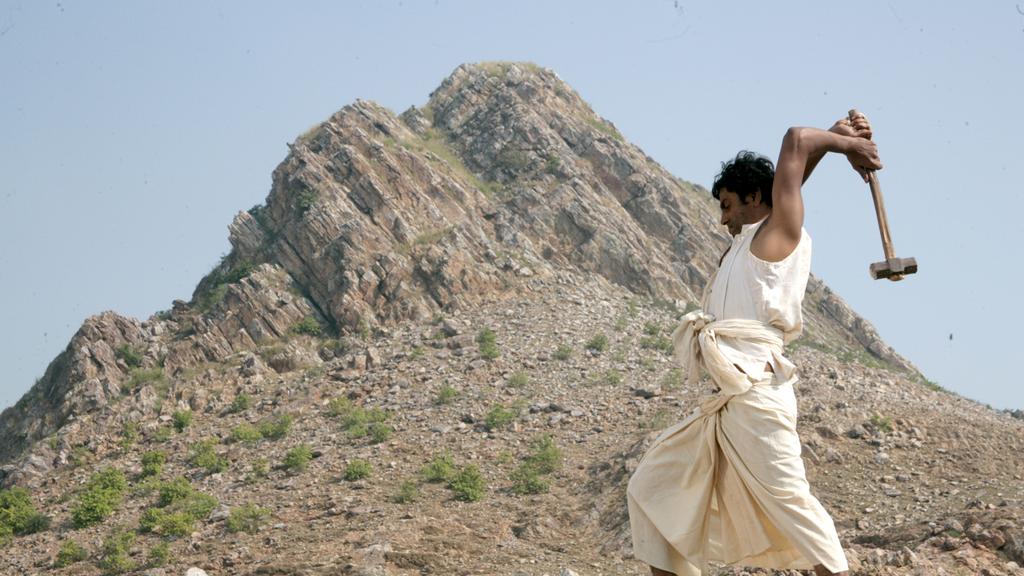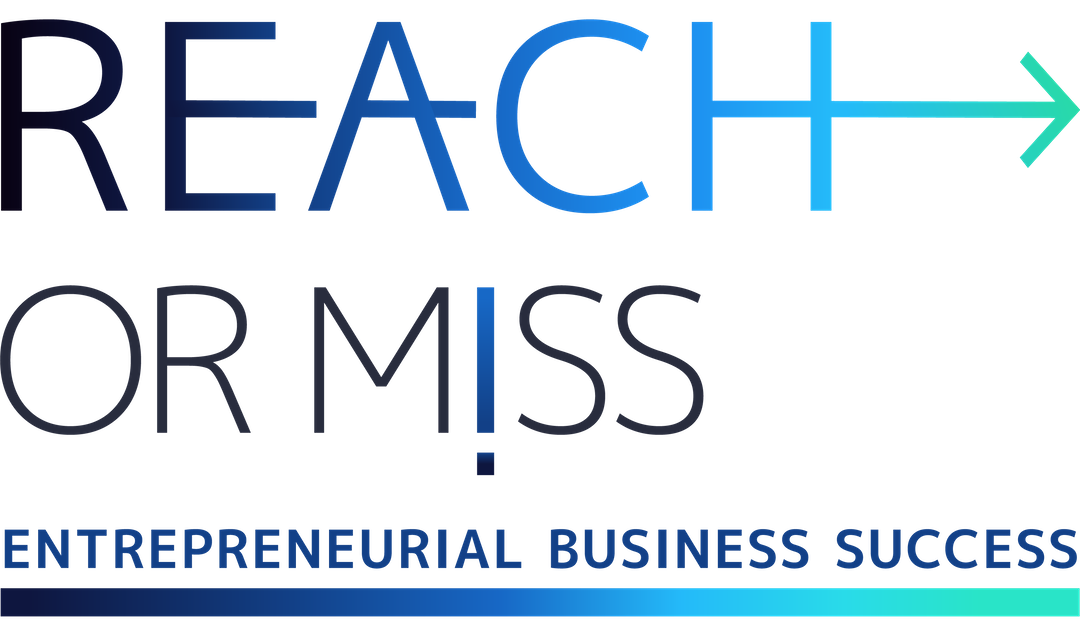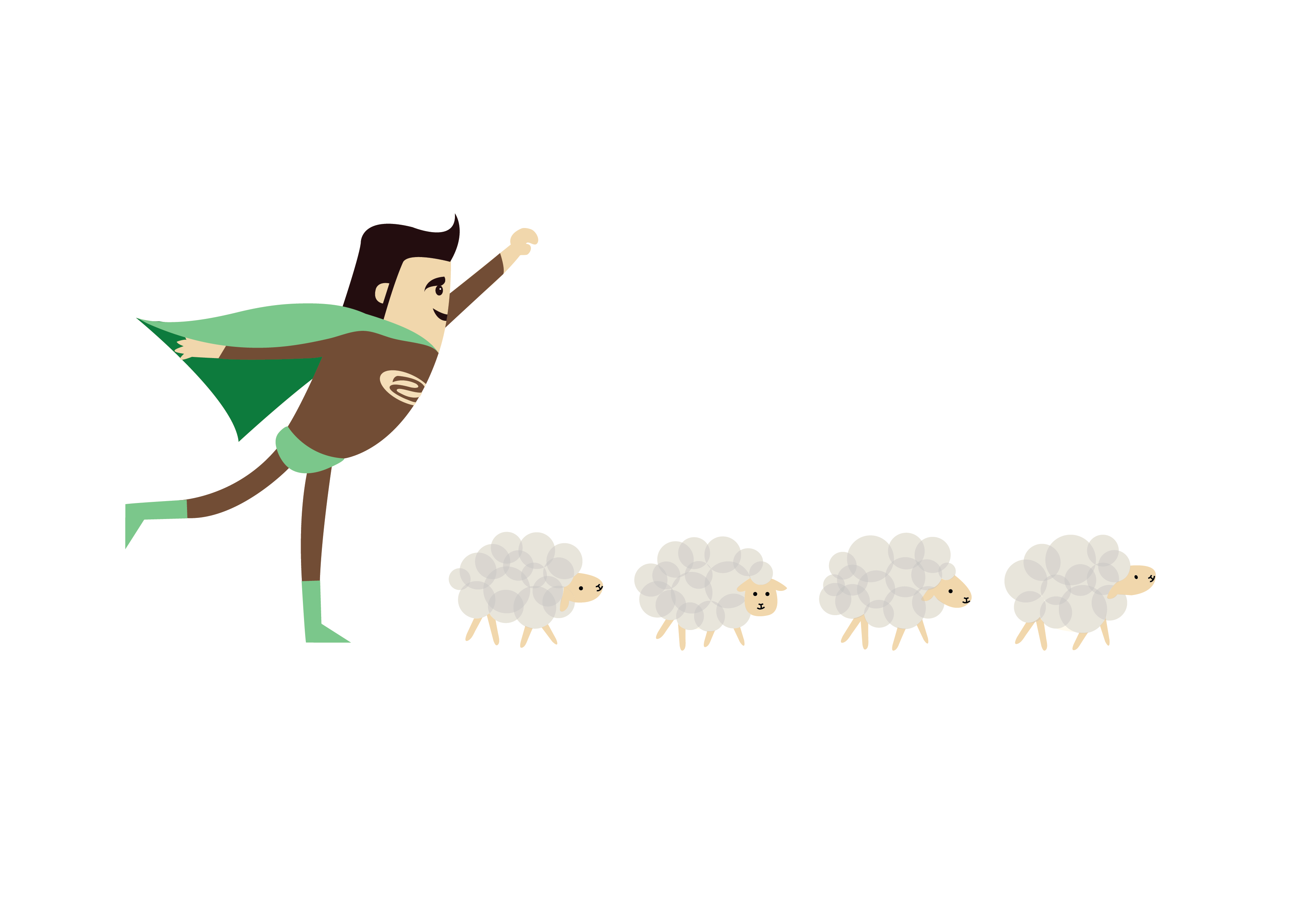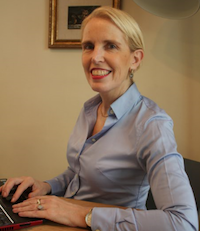Ep. 122 – Smita Nair Jain “one should never give up no matter how impossible to climb-on their mountain seems to be.”

Smita Nair Jain Show Notes
Smita Nair Jain is currently the Senior Divisional Vice President at Sears Holdings India Pvt. Ltd – an offshore division of the 141 year old American retail giant Sears Holdings Corporation.
Before joining Sears, she was Chief Operating Officer at Barclays in India. Prior to this, she has been at global executive leadership roles with leading multinational organizations such as Capita, MphasiS, Prudential and Accenture
Amongst her many interests, the most prominent one is around Inclusion and Diversity and she works with multiple self help groups and organizations towards bettering the gender ratio across levels in corporates and other related issues such as eual pay .She is also passionate about developing the youth of this country and is a mentor to multiple start-ups and is a key speaker at many start up events. She is a popular speaker in campus circuits and has been invited to speak at various IITs, IIMs, NITIE and TEDx events.
She was also awarded the Linkedin Power Profile for the years 2015 and 2017, once for technology and the other for Finance – a rare feature, to be awarded this prestigious title twice in three years.
She is a voracious reader and is particularly fond of the works of contemporary Indian authors. She also writes and has to her credit numerous published articles… the first of which was published in a leading English daily when she was in class 9.
She loves Indian classical music, is a mother to Bheem- her 5 year old Cocker spaniel and a weekend wife to her cinematographer husband.
Most passionate about
- Today I’m the Senior Divisional Vice President at Sears Holdings India, a 141-year-old retail organization. I’m based in Hyderabad, towards the south of India. Since I’m not a spokesperson of Sears, most of my observations that I will be sharing with you will not be reflective of my employment with Sears or of Sears as an organization.
- I’m passionate today about four topics: First, I love the world of social media; I’m always there whether it’s LinkedIn or Facebook or Twitter or Instagram. I’m completely hooked on it. I only use the social aspects of social media, so people on social networks are very reactive to me. I’ve got an impressive number of followers on all my platforms, and I’m deeply grateful to all of them.
- The second piece that I’m really passionate about is about Inclusion and Diversity, especially gender diversity. I’m part of a lot of organizations in India like the Lean In leadership group. I think that globally we have a long way to go to bring equal representation of genders.
- The third thing is Mentoring. I mentor a few high potential middle management women who are seeking to grow to executive levels of leadership. I also mentor a few startups where I deal with these youngsters who are starting organizations, in terms of helping them find funding as well as helping them find their first batch of customers.
- And fourth, I want greater engagement with the youth of today.
Smita’s career and entrepreneurship’s development
- In terms of my career, I have about 25 years of work experience, which started after I graduated with an MBA from one of India’s universities. In these 25 years, I’ve occupied various national and global levels of leadership in international organizations.
- One of the things that influenced me to give to society and support these youngsters is because of the encouragement that I got from my background which includes my parents, my teachers, and the leaders who I worked for. They’ve been fabulous and always supporting and always encouraging. They have had faith in me, and they were willing to take big risks for their businesses. Because I had that, I think the best I can do is be that for a lot of young people.
Smita’s best advice about approaching customers
- I speak to a lot of youngsters in the universities in India, that tell me they want to build a startup and start their own organizations, and I’m really happy with that, and I’m excited when I hear this because it shows a free mindset. But when I ask them what their idea is, I’m very dispassionate because most of them don’t have an idea or have a very vague thought of what they want to do.
- In the Richie Rich comics, you see these dollar signs shining through their eyeballs… that’s what I see when I’m talking with these young entrepreneurs. They are not bothered about value creation; they are only bothered about valuation.
- The second point is about defining that value. Unless it is a charitable or a social welfare startup, your ultimate aim is to make money. Focus on the need of the customer and the solution that you are taking to the customer, build the customer base, build the customer’s solution and the customer’s experience; and revenue and profit will therefore follow.
Biggest failure with a customer
- One of the biggest failures happens because we assume that we can continuously make money from the customer for the same product or the same service. Which means that we are not continuously improving, and we are not continuously innovating.
- I’d like to bring the example of Kodak, which was an innovative company for many years and dominated the market. But they blew their chance to lead the digital photography revolution. They were completely in denial for too long. And it’s absurd because it was one of their engineers, StevenSasson, who in 1975 built the first filmless photography. But the leaders said to him: It’s cute but don’t tell anyone about it. And in 2011 Kodak filed for bankruptcy.
- Entrepreneurs can’t think it won’t happen to them. It can happen to them, like it happened to the Kodaks, Nokia, IBM, etc.
- When I look of my own stories of failures, it’s because we have chosen not to change, either because we were frightened of the transformation or because we thought the customers didn’t require that. So, the mistake was making a decision for the customer.
- The main reason for failures has been not being aware of what is happening in the world. When we are all too consumed with our own business or organization, with the success of our own service or product, we are unaware of what our competition is doing. We don’t keep tracking technological advances, market advantages, or customers’ need.
Biggest success due to the right customer approach
- This is a story of a great success, but it also has a failure in it. When I was working in a very large American organization, I realized that one of the institutional clients on my portfolio, in many factors, this relationship is not working out well for my organization. On parameters of regulatory complaints, the value creation that we defined for them has already reached its peak. Our relationship with them was still generating revenue, but it wasn’t as profitable as it used to be and so on. In this overall search for value creation, I thought we might need to set apart from each other. It took me a very long time to convince all our stakeholders.
- Finally, I managed to convince the seniors. But I think the big success was how I managed to handle the relationships with this customer. You know, we all have plenty of good plans about how to on-board a client, we never made a plan how to off-board a client… But I had a complete project plan. We had a very comprehensive yet open conversation with the client. We helped them to define another supplier which was suitable for them and promised that until the end of our relationship, we would be serving them with an equal amount of passion.
- Finally, after a process of 19 months, we ended our relationship with them. But it ended in a very positive mode. And I sincerely think I protected the financial and reputational PNL of the organization.
- I believe that in that passion for value creation, sometimes you also have to end relationships. That is also value creation, not only for your organization but for the customers themselves.
- This was one of my biggest success stories. I wanted to tell your listeners that there are always two sides to the same coin.
Recommendation of a tool for customer focus, marketing, or sales:
- It’s all about finding the right ways to engage and connect with your customers, and it starts with a reliable CRM to collect all the relevant information about each customer. You need to have a holistic understanding of their needs, wants, and of course, all their activities with your organization.
- And the second thing is to learn very well is what are the best ways to connect with each customer because this is a key. And it means you should find the right tools for the customers, even if that means having a phone conversation or an email message although your startup wants to use the newest technological tools.
Smita’s key success factor
- I have three success factors. I call it my 2PA – The first P is the passion for value creation, which I cannot underestimate at any point in time.
- The second P is the people with me. That includes bosses, peers, my teams, support staff, and all the people that help me along the way.
- And the third is not a factor, but equal in its importance and that’s never be ashamed – Asking for help. The ability to come to anyone that can help you, including a competitive peer of yours and say, I have a problem and only you can help me solve this. Every time when I face a problem that none of my people can help me solve, I’ll go to the smartest person who is my toughest competitor and ask for help – and 100% of the time, they have always helped.
Smita’s Mountain
Since we believe that the best way for entrepreneurs to get a fast, big, and sustainable success is by leading your (new) market category, and the entire entrepreneurial journey reminds me of mountaineering, or conquering the mountain; I want to ask you if there is a mountain you dream of climbing or a mountain you have already climbed?
- I don’t climb mountains and not going to climb any. However, I would like to use it metaphorically and tell a story. It’s about a movie called Manjhi – The Mountain Man. My husband is a filmographer who was awarded for filming this movie.
- The story is about Dashrath Manjhi, who was a poor man from the lowest of the low castes, living in a remote village cut off from the world by a rocky mountain range. Life for him was a daily struggle for survival. He loved his wife Phaguniya, beyond belief and together they had a son. One day, while climbing the mountain to bring him food, his wife, who was pregnant slipped, fell, and died. Overwhelmed by grief, Dashrath decided to carve out a path through the mountain, so that no one else would suffer his fate. For 22 years, all by himself, with just a hammer and a chisel, he hammered away at the rocks, till the path was carved out from the mountain.
- Every time I watch the movie, I just think that one should never give up no matter how impossible their mountain seems to be.

You can find the movie here:
The best ways to connect with Smita
More resources for Entrepreneurs
- Don’t Miss – Customer Focus Strategy & Execution: Market Analysis for Fundraising
- Hayut Yogev’s Latest post: The 2 questions I’ve been asked most And has a tremendous effect on entrepreneurs’ success
- Former interview: Kate Sheehan’s best advice to entrepreneurs: “You can’t compromise your reputation! If you come across as being honest and being ethical, then people will approach you.”


